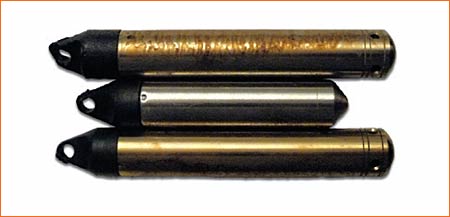Researchers at the University of South Florida have undertaken a 4-year study to address hydrological and ecological questions regarding clay-storage areas (CSAs). CSAs are produced as a result of the disposal of sand and clay from the mining of Phosphate-rich deposits in the Florida peninsula. The study is being aided by the use of Solinst Leveloggers and Barologgers for measurements of stages and hydraulic head, and supplementary barometric data.
On June 25, 2007 a lightning strike ignited a wildfire on a 75-hectare CSA study site. Unfortunately, much of the standpipe and meteorological instrumentation was destroyed in the fast moving fire. Upon inspection, three Solinst Barologgers, which were deployed on or near the ground in close proximity to the meteorological station, were still able to communicate and measure barometric pressure. The Barologgers registered temperatures that ranged from 65°C to 80°C (150°F to 175°F) during the fire that lasted for about one hour.

Although the data collected during the incident showed that re-calibration was definitely needed, the Barologgers continued to record in the heat of the grassfire, without much visible damage. Solinst does not recommend you subject your data loggers to such conditions, but it is nice to know these ones did take the heat!
Acknowledgement: Solinst would like to thank Mark Rains of the University of South Florida for providing details of this study and event.
